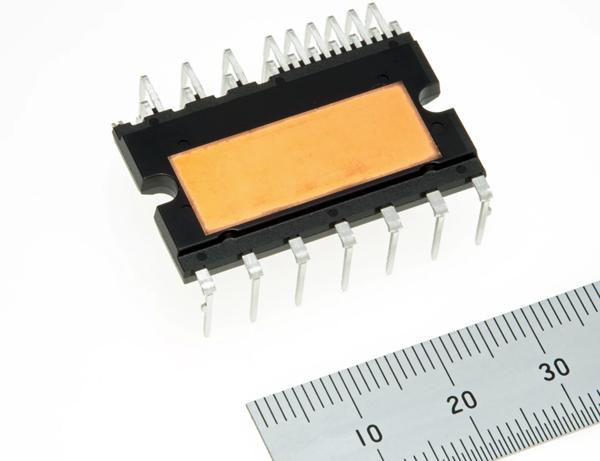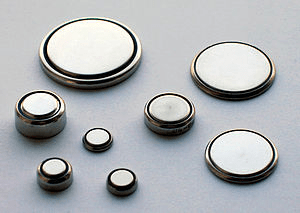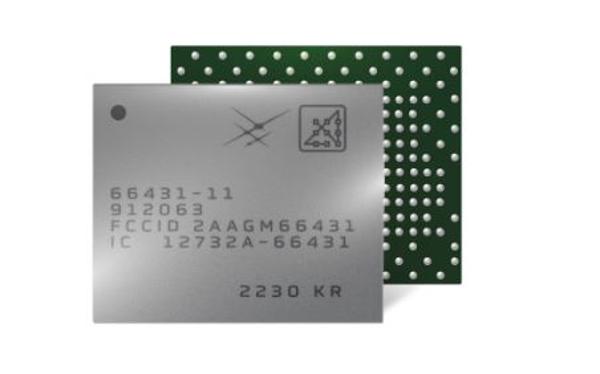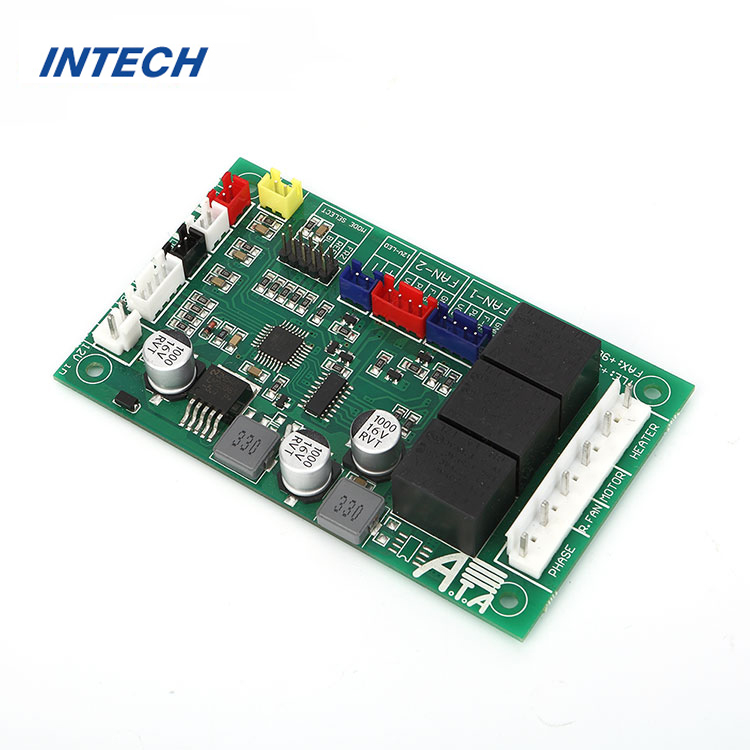
Getting to know Behringer’s U
- Consumer
- 2023-09-23 22:51:25
For aspiring musicians, these are the best of times. As I mentioned back in late 2021 (for example), it’s possible to cobble together an entry-level home studio for only around $200 complete with a passable mic and set of headphones (plus a connected computer, of course, although the requisite software is often open source or otherwise gratis, such as Audacity and Ardour, or low cost, such as REAPER):
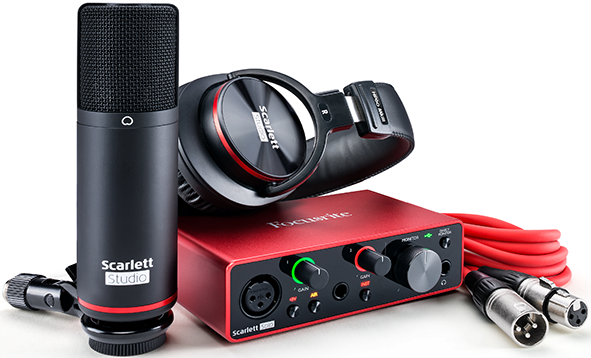
It’ll even enable you to capture your tunes in beyond-Red Book Audio CD formats: larger sample sizes and higher sampling rates. The former is arguably beneficial from a SNR “headroom” standpoint, primarily if you plan to do a lot of post-processing after the initial recording. The latter, IMHO, is a waste of storage space…then again, I’m not one of those wacky folks who spends a small fortune on “directional” speaker wire, either (it was an enjoyable read, no matter that I thought the author had more dollars then sense). And if you concur, especially if you’re not going to be doing much editing of your recordings post-capture, you can go even lower in cost from an audio interface standpoint.
Enter Behringer’s U-Control product line, one example of which, the UCA222, is shown here:




It normally sells for $29; I got mine on sale from Amazon last October for roughly 1/3 that: $9.99. The UCA222 is one of three total members of the U-Control family; there’s also the hardware-equivalent (albeit more muted color-wise, and with a varied downloadable-after-online-registration software suite tailored for conventional musicians versus DJs and podcasters) UCA202, which I also snagged for $9.99 at Amazon last October:

And the similar-tint UFA202, containing a built-in phono preamp and intended for digitizing LPs (although…sniff…why Behringer refers to it as an “Audiophile USB/Audio Interface” is beyond me, as no audiophile in his or her right mind would accept 16-bit per-channel sample sizes and 48 kHz-max sample rates…sniff…):

The prior “diatribe” was snark, if not already obvious…and no, I didn’t buy one of them, too.
So why did I pick up both the UCA202 and UCA222 if the hardware supposedly matches? It wasn’t to get access to two different software suites; to be honest, the apps, plugins, etc. that Behringer bundles with each product are either open source and alternatively available standalone (Audacity, for example), or are so archaic that I’d immediately spend more money on more modern alternatives anyway (case study: energyXT2). It was because, as keen-eyed readers may have noticed, although I earlier said that the two products were hardware-compatible, I didn’t say that they were hardware-identical.
The discussion thread that followed a thorough forum review of the UCA222 that I found online noted that where the UCA202 (thoroughly reviewed here, complete with another informative forum discussion thread) employed Texas Instruments’ (formerly Burr-Brown) PCM2902 USB stereo codec (ADC-plus-DAC) chip, the UCA222 follow-on had replaced it with the V2902, from either a Philippines-based (per their LinkedIn page) or China-based (per their website) company I’d never heard of, Coolaudio Semiconductor. I figured I’d open up both and, if the old posts’ info was still spot-on, keep one (Burr-Brown-based, understated silver finish versus Coolaudio-based, bright red finish…I bet you can guess which I‘d pick) and finish tearing down the other.
The UCA222 teardown
Speaking of which, let’s begin with the UCA222, specifically with some outer box shots:






Open sesame:

Inside one clear plastic bag is a single-sided three-language instruction sheet and three languages’ worth of multi-page user manuals. Inside the other is a moisture-absorbing silica gel pack:

And our victim:

Here’s a top-view closeup, as-usual accompanied by a 0.75″ (19.1 mm) diameter U.S. penny for size comparison purposes (the UCA202 and UCA222 both weigh 0.26 lbs.—the cases are plastic, though they might look metal—and not counting the USB cable, have dimensions of 3.46″ x 2.36″ x 0.87″):

Along the top (i.e., device backside) edge are, left-to-right (you’ll see these more clearly in the various sides’ photos to come):
A monitor switch, which when “off”, plays back over the headphones the audio coming in over USB from a computer plus, when “on”, the audio coming in over the device’s own analog audio input setSpeaking of which, an unbalanced RCA analog line-level input left-and-right pair, andAn unbalanced RCA analog line-level output pairRegarding monitoring, although strictly speaking Behringer is correct in claiming that the USA222 “Works with your PC or Mac computer-no setup or drivers required”, Windows computer users will IMHO still find it well worth the minimal incremental time and effort to download and install the optional low-latency ASIO driver from the Behringer or ASIO4ALL websites (MacOS’s native Core Audio facilities will suffice for Apple computer users).
Along the bottom (i.e., device frontside) are, again left-to-right:
A red USB “active power” LEDA S/PDIF digital optical audio outputA 3.5mm (aka, 1/8”) TRS unbalanced headphone jack, andVolume control for the headphone outputSpeaking of the device backside:

and frontside:

The left and right sides are comparatively bland:


Finally, let’s flip the UCA222 over:

Notice anything funny? Yep, while the outer box and top-side label both identify this device as the UCA222, the plastic-molded bottom-side info claims it’s a red-color UCA202. And you’ve probably also already (not-funny) noticed our two-screw path to the device’s insides:




Let’s dwell a bit on the now-exposed bottom side of the PCB:


The ICs labeled IC4 and IC5 both have the following markings:
2740B034HJRC
They are, I believe, dual op amps, respectively (I’m guessing by their locations) handling the UCA222’s analog outputs and inputs.
IC6 is marked as follows:
4556AB91FJRC
Another op amp, this one tackles headphone signal-boosting duties. The third line of the mark is the same as that of the first two ICs, and I suspect that in all three cases it references the supplier, but I’m at a loss as to who that company is. Ideas, readers?
Finally, there’s tiny IC3 in a six-lead SOIC package:

Its etched marking appears to my old, tired eyes to read:
-VU4-
But I’m at a loss as to what it is or who sells it. Again, readers…ideas?
Now let’s lift the PCB out of the remaining half of the case shell and see what else we can find:



There, in the bottom left quadrant, is the aforementioned Coolaudio V2902 codec, labeled IC1:

And, for other top-oriented views of the various PCB sides, here’s the front:

Back:

Left (of the device, when fully assembled):

And right:

That’s all for the UCA222, with one lingering mystery…where in the world is IC2? I’m assuming I overlooked it on one of the PCB sides; let me know if you find it.
The UCA202 teardown
On to the UCA202:







The documentation mix is different this time; the same single-sided three-language instruction sheet, this time alongside only two languages’ worth of multi-page user manuals:

But this time they are accompanied by a double-sided 14-language safety instructions supplement:


Looks the same as last time, albeit in a more muted silver color and with a different top-label product name (but the same bottom-side product name…that one still baffles me…), and a green-color power LED this time:







And the same two-screw path to the inside:



Again, we see the combo of two 2740 dual op amps and a 4556A dual op amp:

But regarding that latter component, one deviation bears mentioning. I’d earlier linked (and will again) to the excellent review of the UCA202 from “Northwest Audio & Video Guy”. Regarding the headphone amplifier, he’d discovered a different dual op amp in his device, the 4558. And in fact, as described in an equally excellent follow-up writeup, he’d subsequently replaced the 4558 with a pinout-compatible Analog Devices AD8656 (as well as swapping out a few passives) for improved compatibility with low impedance headphones and other enhancements.
Back to our patient. Once again, we encounter the mysterious IC3 labeled “-VU4-“:

And now, once again, let’s flip the PCB over:


The four side views seem identical to their predecessors at first glance:




But when you look at the PCB from above:

And specifically zoom in on the codec:

You find…another Coolaudio V2902. Waaa? I thought the whole point of getting a UCA202 was to secure a Burr-Brown/TI precursor?
Here’s what I suspect happened. The UCA202 review from “Northwest Audio & Video Guy” was published on February 28, 2011, well over a decade ago. At that time, either TI was still shipping the PCM2902 codec or Behringer had an accumulated inventory of PCM2902-inclusive UCA202s that they were still selling. Look at the PCM2902 product page now and you’ll see the following all-caps words prominently displayed at the top, alongside an attention-grabbing orange-background exclamation point:
NOT RECOMMENDED FOR NEW DESIGNS
The UCA222 review I earlier mentioned was published more than 6.5 years later, on November 2, 2017. By then, Behringer had transitioned its products over to the V2902 codec…and apparently swapped in a different headphone amplifier, too. Analogously, and ironically, one of my blog posts published later this month discusses a similar bill-of-materials switcheroo, this time relating to a FiiO portable audio DAC-and-headphone amplifier device. Check it out.
Thoughts on any of the ground I’ve covered in this dual-device sibling teardown piece? Let me know in the comments!
—Brian Dipertis the Editor-in-Chief of the Edge AI and Vision Alliance, and a Senior Analyst at BDTI and Editor-in-Chief of InsideDSP, the company’s online newsletter.
Related Content
A holiday shopping guide for engineers: 2021 editionTeardown: Bluetooth audio dongle keeps it simpleApple’s HomePod mini: The sound’s not tinnyGoogle’s Pixel Buds Pro earbuds dissected: Noise is (finally) actively detectedTeardown: Amazon Echo Dot vs Google Home MiniMicrophones: On-PCB options for catching tonesGetting to know Behringer’s U由Voice of the EngineerConsumerColumn releasethank you for your recognition of Voice of the Engineer and for our original works As well as the favor of the article, you are very welcome to share it on your personal website or circle of friends, but please indicate the source of the article when reprinting it.“Getting to know Behringer’s U”




